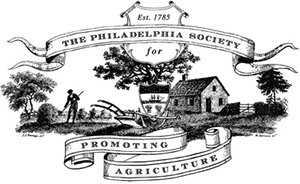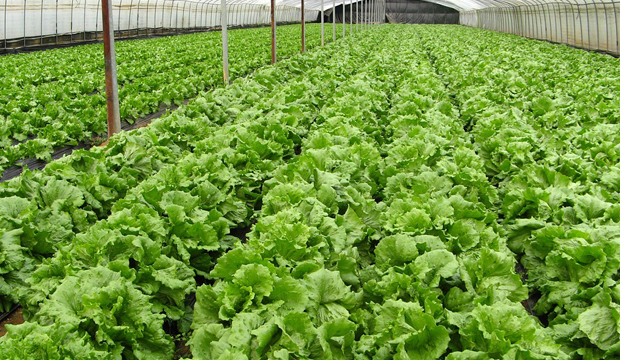Thanks to PSPA member Duncan Allison for providing his Farming Notes for this month. Great information for everyone!
Optimism – Perhaps it was the prospect of regulatory changes that significantly affected farmers when they contributed to the recent Progressive Farming Ag Confidence Index which is carried out three times each year. However it is now 136 whereas this time last year it was only 75 and 98 in December 2016. Certainly this indicates greater optimism that the overall farming business climate will be better as the year progresses.
Planting estimates confirm the earlier forecast that national corn acreage would be down to 90 million acres and soybeans up almost to the same figure – 89.5 million. Wheat has been the big loser as market prices continue to be low and the acreage is expected to be only 46.1 million acres, the lowest aggregate of the winter and spring sown wheat crops since 1919.
FMC based in Philadelphia moves up to 5th place in the ranking of international plant protection companies with the acquisition of a significant chunk of DuPont’s agchem business. This was required by the EU to enable the Dow/DuPont alliance to proceed. FMC not only gets three relatively new and major insecticides but their broadleaf cereal herbicides and all of the remaining R&D capabilities so that no staff will have to be “let go.” DuPont will contribute 15 early stage products, perfectly complementing FMC’s 9 late stage products.
Organic food sales continue their growth at a much higher rate than the overall food market – up 11% last year versus 3%. The total value of organic food sales was $39.7 billion so that organic food now represents almost 5% of the value of U.S. at-home food expenditures, more than double the share in 2005. Fresh produce sales were valued at $14.4 billion up 10.6% and representing almost 13% of all produce sales. The next most valuable organic market is dairy with $6.0 billion sales, an increase of 10% on the previous year. Fresh juices and drinks had growth of 33.5%. Organic Trade Association Survey 2014.
The USDA NASS service only covers the 14,093 certified and exempt organic farms in the US. Pennsylvania ranks #3 nationwide with California easily the largest organic state. 63% is sold thorough wholesalers and processors. Not surprisingly 48% of their production was sold within 100 miles, 34% 101-499 miles. 5,300 growers plan to increase production and 688 are in transition.
Unmanned aerial vehicles (UAVs) are catching on but it is not clear how many are for use in farming. The Federal Aviation Administration has recorded 700,000 registrations, 100,000 this year alone with around one thousand applications coming in each day. The monitoring capabilities of UAVs are considerable allowing study of stage of growth, weed growth, signs of insect attack and disease without field walking. Major savings for farmers/consultants by not walking fields.
There is no doubt that agriculture will experience further moves to automate whether driverless tractors, harvesters etc. The harvesting of most field crops has been mechanized but many fruit and vegetable crops have to be harvested by hand labor, increasingly difficult to obtain. The current labor shortage is resulting in increased development activity to design and produce mechanized harvesters. As in so many industries we will require fewer people but more technically trained so they can deal with the increasingly sophisticated equipment and on-the-job decision-making.
The latest CAST report points out the valuable role that crop protection products have played in the dramatic increase in food production that has occurred over the last century. Crop protection chemicals have been “miraculous” but “their automatic use is no longer efficacious or justifiable.” I would not agree with the last phrase but there is certainly strong interest in integrated pest management and biologically rather chemically based products. It now costs around $286,000 and can take more than 10 years to generate the required data to register a new chemical. Realistically we are still going to have to rely on some crop protection products. Climate change will undoubtedly increase the crop protection challenges. GM has helped but CRISPR technology should allow specific genes/traits to be introduced that allow plants to protect themselves. The overall aim must be to ensure that we can sustainably produce more harvestable, safe and affordable food. We will need all the tools available.
Biggest challenges facing European agriculture – 33% sustainability, 22% climate change, 18% prices and 27% trade policy. Sample was not huge but indicative. “Is technology needed to save farming?” 70% said yes. “To ensure continued access to healthy food choices prices must rise to reflect product costs” – 23% strongly agree, 41% tend to agree, 20% tend to disagree and 16% strongly disagree.

